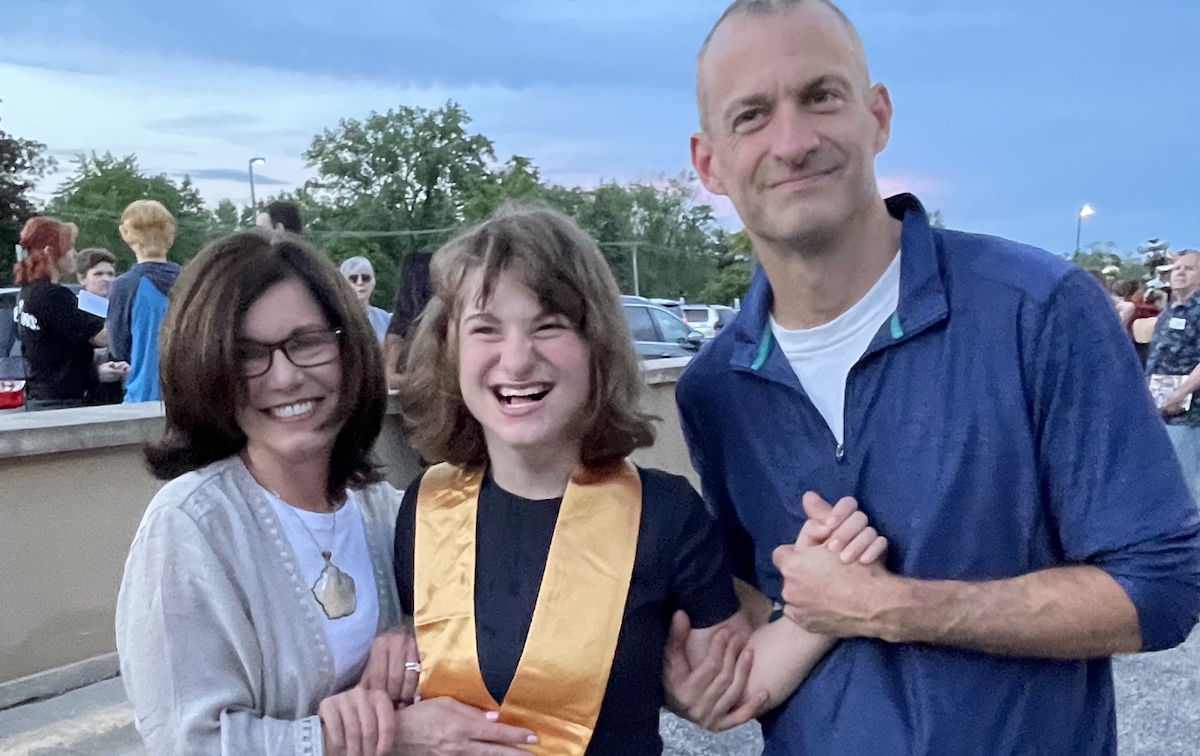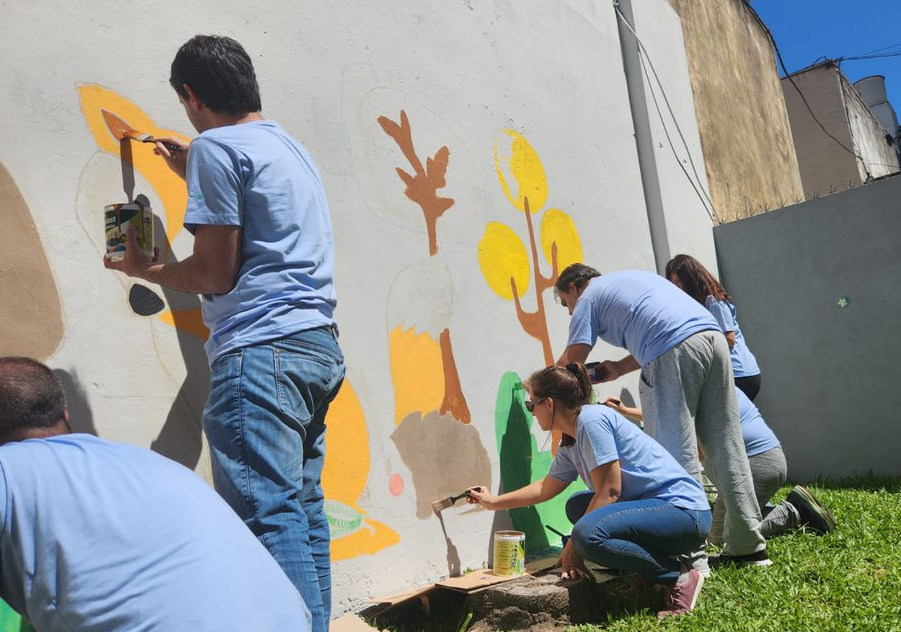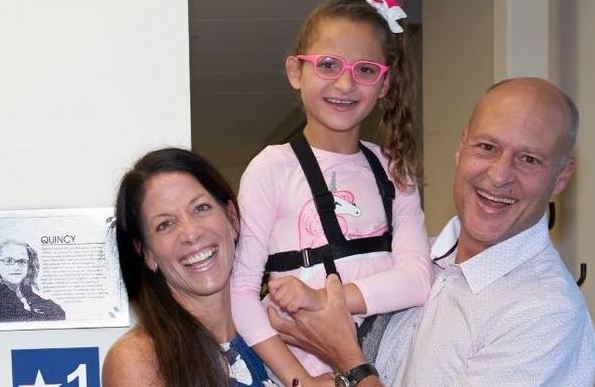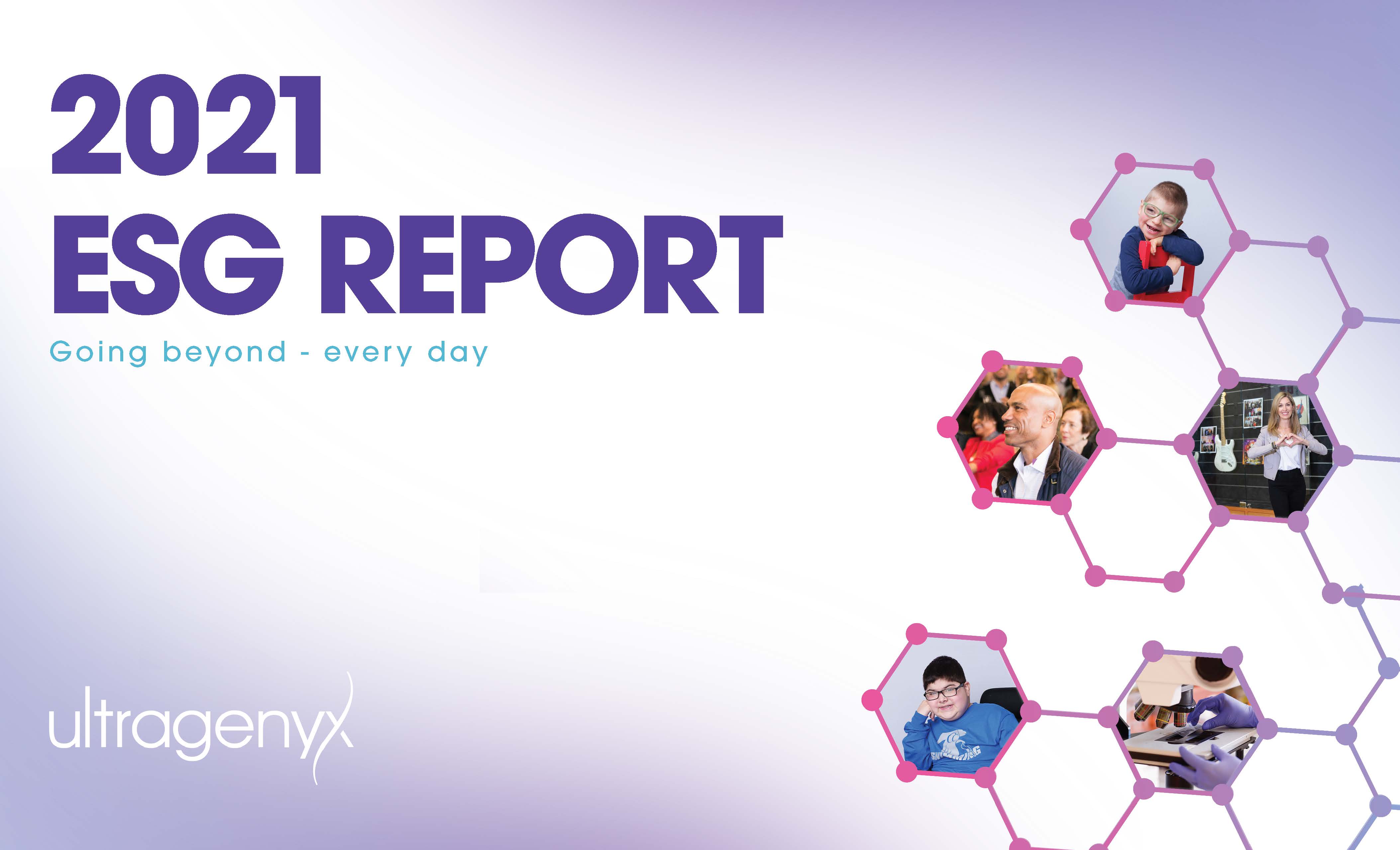Today, as Ultragenyx announces the acquisition of our company, GeneTx, and provides promising interim results from the Phase 1/2 study of GTX-102 for Angelman syndrome (AS), it’s meaningful to reflect on my journey as a parent, advocate, and unlikely drug developer, which is coming full circle. Five years ago, we at GeneTx set out to develop a potentially transformative treatment for individuals with Angelman syndrome, and today is a watershed moment for the program.
My daughter Ainsley was born on August 28, 2004. Nine months later, we received her diagnosis of AS, which came with a prognosis of all the things she would not do – she wouldn’t walk, she wouldn’t speak, she wouldn’t go to school, she wouldn’t attend college, she would never have a job, get married or have a family of her own. The doctor capped off this list of “won’ts” with the same bleak outlook so many parents before us had received: “There are no treatments and there is no hope for a cure.” My response to these haunting words was “Why not? There is always hope.”
The doctor [provided] the same bleak outlook so many parents before us had received: ‘There are no treatments and there is no hope for a cure.’ My response was, ‘Why not? There is always hope.
I started the Foundation for Angelman Syndrome Therapeutics (FAST) on Ainsley’s 4th birthday in 2008 with a modest donation from my parents, a group of like-minded parents who were all asking the same question about treatments and a cure – “Why not?” – and a fierce determination to rewrite the future for these children. The mission was laser focused on raising the funding necessary to either replace the maternal gene causative of AS, or activate the normally silent, paternal copy.
At the time, this mission was considered downright crazy by most people in the field including scientists, clinicians, and other patient organizations. The only people who didn’t think it was crazy were our fellow Angelman parents who fully embraced the hope of this endeavor and got to work advocating and raising money for the cause.
This fundraising allowed FAST to create a virtual center of excellence, a cross-functional group of specialists we called the “FIRE team” (Fast Integrated Research Environment). This amazing group of scientists and doctors met weekly to share data, putting their own self-interest aside to advance our shared goal.
We decided to take the radical step of creating our own biotech to develop a potentially transformative treatment for Angelman syndrome, and to leverage a group of parents to lead this effort.
Dr. Scott Dindot at Texas A&M University was a member of the FIRE team, and FAST had been funding his research program for more than 5 years when we got an exciting call from him. Scott told us he was confident he had figured out how to unsilence the paternal copy of the UBE3A gene and potentially restore the missing protein in the brains of our children using an antisense oligonucleotide (ASO) therapeutic. With this promising development, we decided to take the radical step of creating our own biotech to develop a potentially transformative treatment, and to leverage a group of parents to lead this effort.
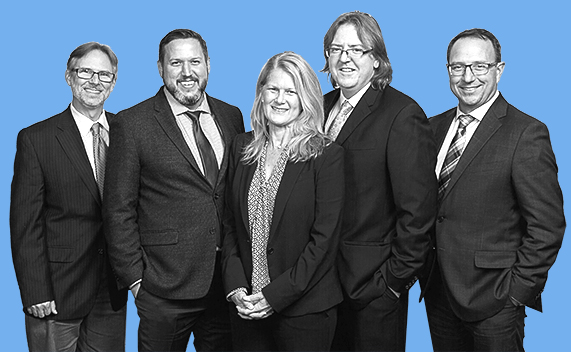
Photo: the cross-functional FIRE research team
FAST launched GeneTx Biotherapeutics in late 2017, structuring it so that if it was successful, the community would not only have a new therapy, but would also no longer have to bear the full responsibility of fundraising for their own child’s research. We were able to secure initial investment from friends and family to further develop our ASO program and ready it for the clinic.
In early 2019, GeneTx set out to fundraise for our clinical program and after speaking with multiple venture capitalists, pharmaceutical companies and biotechs, we found ourselves at the headquarters of Ultragenyx. I was captivated by Dr. Emil Kakkis’s commitment to rare disease patients and his genuine passion for improving their lives, and quickly realized that his team were the people we wanted to work with on this program. I was confident that if our drug was safe and effective, Ultragenyx would treat the program with urgency and ensure it reached as many children in our global community as possible.
GeneTx and Ultragenyx formalized their relationship in August of 2019 and made remarkable progress as partners in the development of GTX-102. During that time, we also had the chance to participate in the Rare Bootcamp at Ultragenyx, where we became part of a community of other parent-led organizations working to develop first-ever treatments for their own children. Emil and his team demonstrated a deep commitment to sharing their knowledge and expertise with the community so that other development programs could benefit.
We found that the Ultragenyx team made good on its commitment to our Angelman community, treating the GTX-102 program with the urgency it deserved so that we could arrive at this exciting moment. GeneTx has achieved what it set out to do – develop a potentially transformative treatment for individuals with Angelman syndrome that will continue into late-stage development under the expert guidance and care of Ultragenyx.
GeneTx has achieved what it set out to do – develop a potentially transformative treatment for individuals with Angelman syndrome that will continue into late-stage development under the expert guidance and care of Ultragenyx.
It’s striking how quickly things can change – especially when a community is galvanized around a shared goal. Just ten years ago, we were facing real pessimism from the scientific community. I, and countless other parents, were told there was no treatment on the horizon. Now, parents with children diagnosed with AS have hope that potential therapies are on the way.
While things can and do change quickly, progress with rare disease medicine is not a given. We’ve made progress because the AS community believed in and fought hard for it. Many parents saved their money all year and some collected recyclables so they could participate in fundraisers. Others poured their talents and efforts into putting on a golf tournament to fund the research program when they could have been fundraising for care for their own children. Parents even volunteered to translate our materials into numerous languages to help encourage donations from around the globe. There is a lot of hope in this community, and their “all-in” attitude made this moment possible.
We’ve made progress because the AS community believed in and fought hard for it.
I’m awed and proud of the achievements of this community and our move from “Why not?” to a promising clinical program with the potential to benefit many people. And I’m pleased to know this program is now in the hands of an organization that was built on the principle of putting patients first. While this trajectory sometimes seems miraculous, I tell other rare disease organizations it has simply been a matter of putting one foot in front of the other – and never stopping. Each little gain or victory made us more confident that we were on the right path, and I cannot wait to see what’s around the next corner.
Additional resources:
- Foundation for Angelman Syndrome Therapeutics
- This Mom Built An R&D Empire To Save Her Child – Fast Company, 06-September-2014
- Ultragenyx and GeneTx Provide Program Update on GTX-102 for Angelman Syndrome Including Promising Interim Data from Phase 1/2 Study – Press Release, 18-July-2022
Paula Evans is founder of the Foundation for Angelman Syndrome Therapeutics and founder and CEO of GeneTx Biotherapeutics, which has now been acquired by Ultragenyx.

